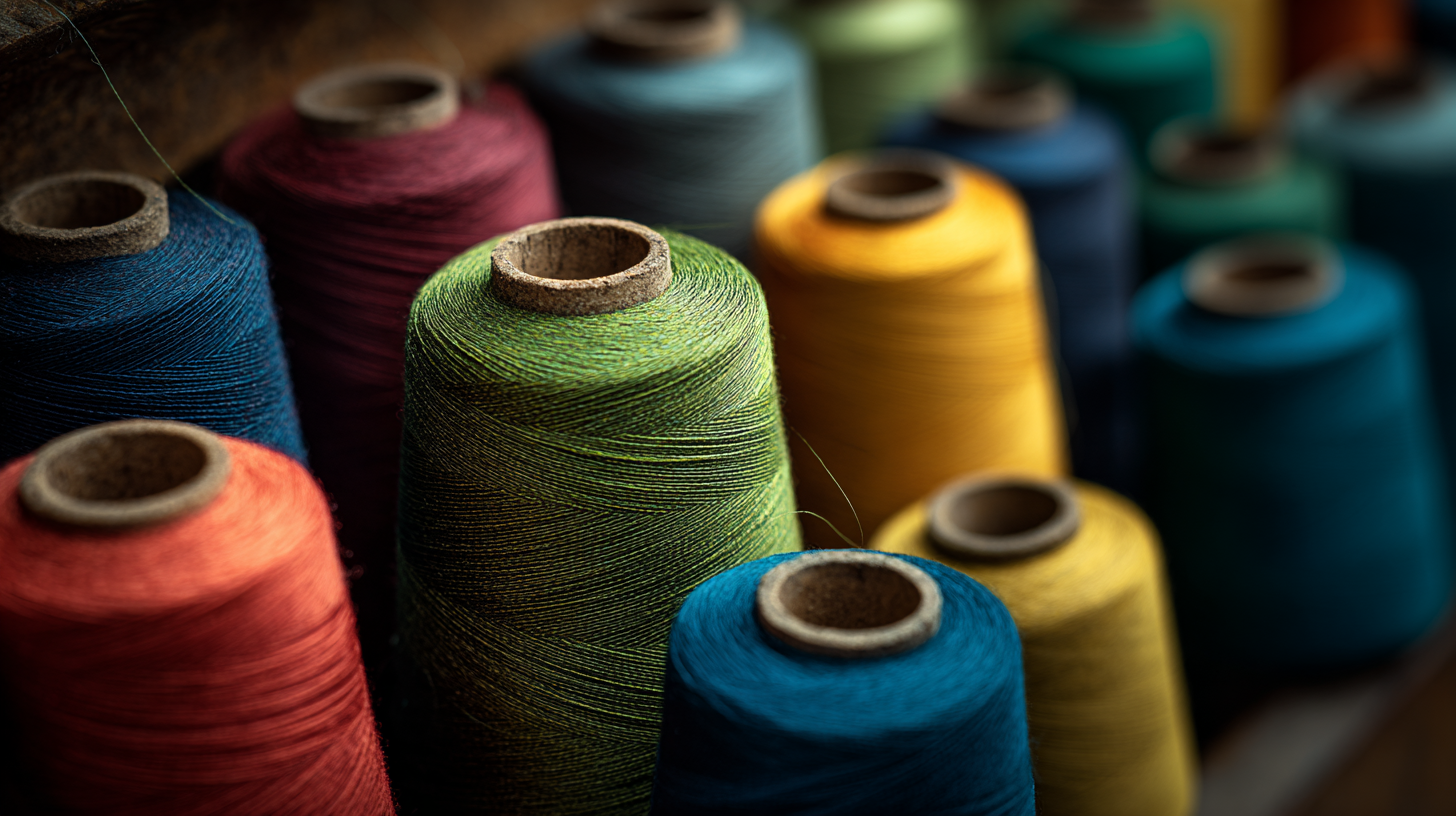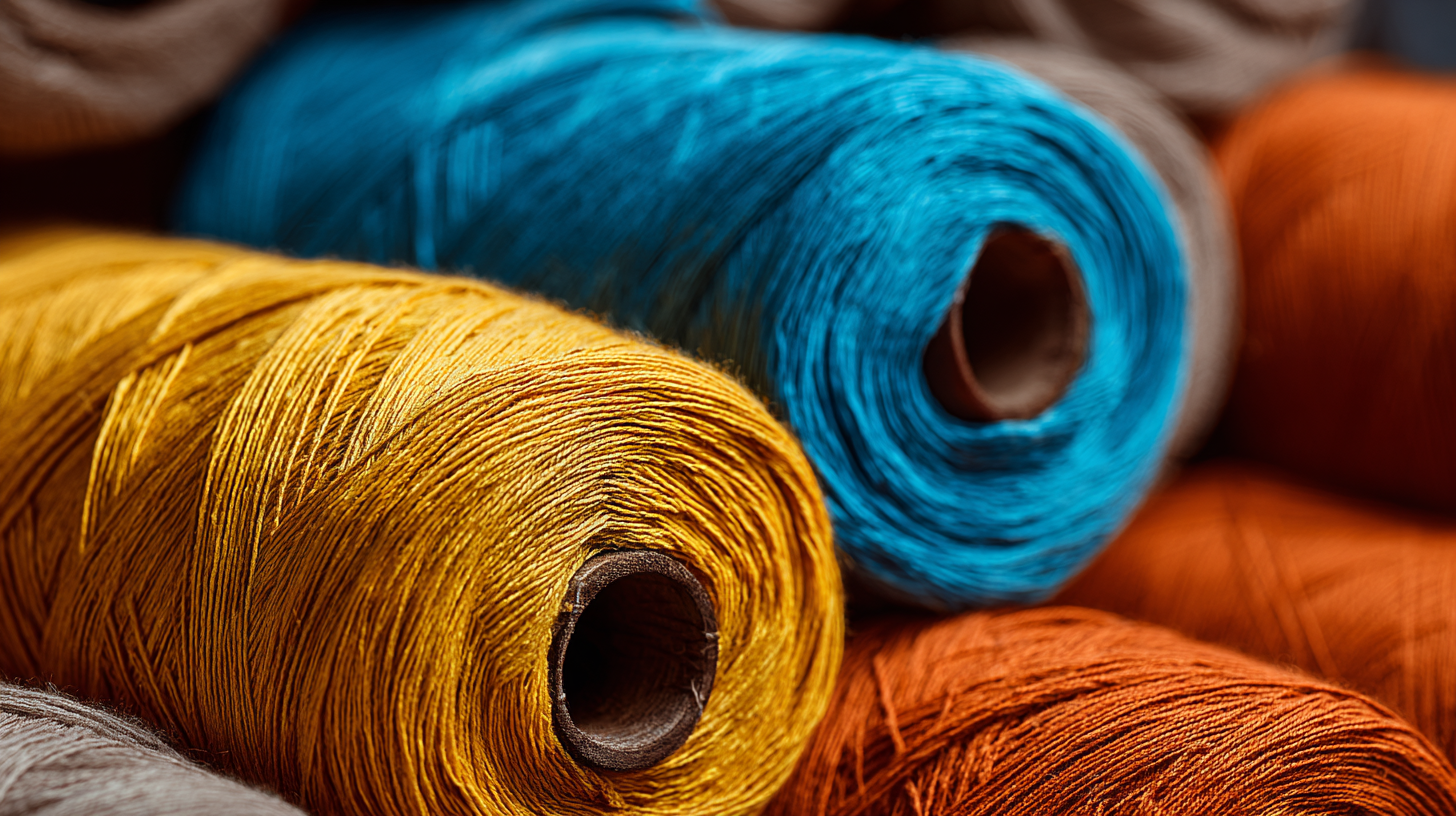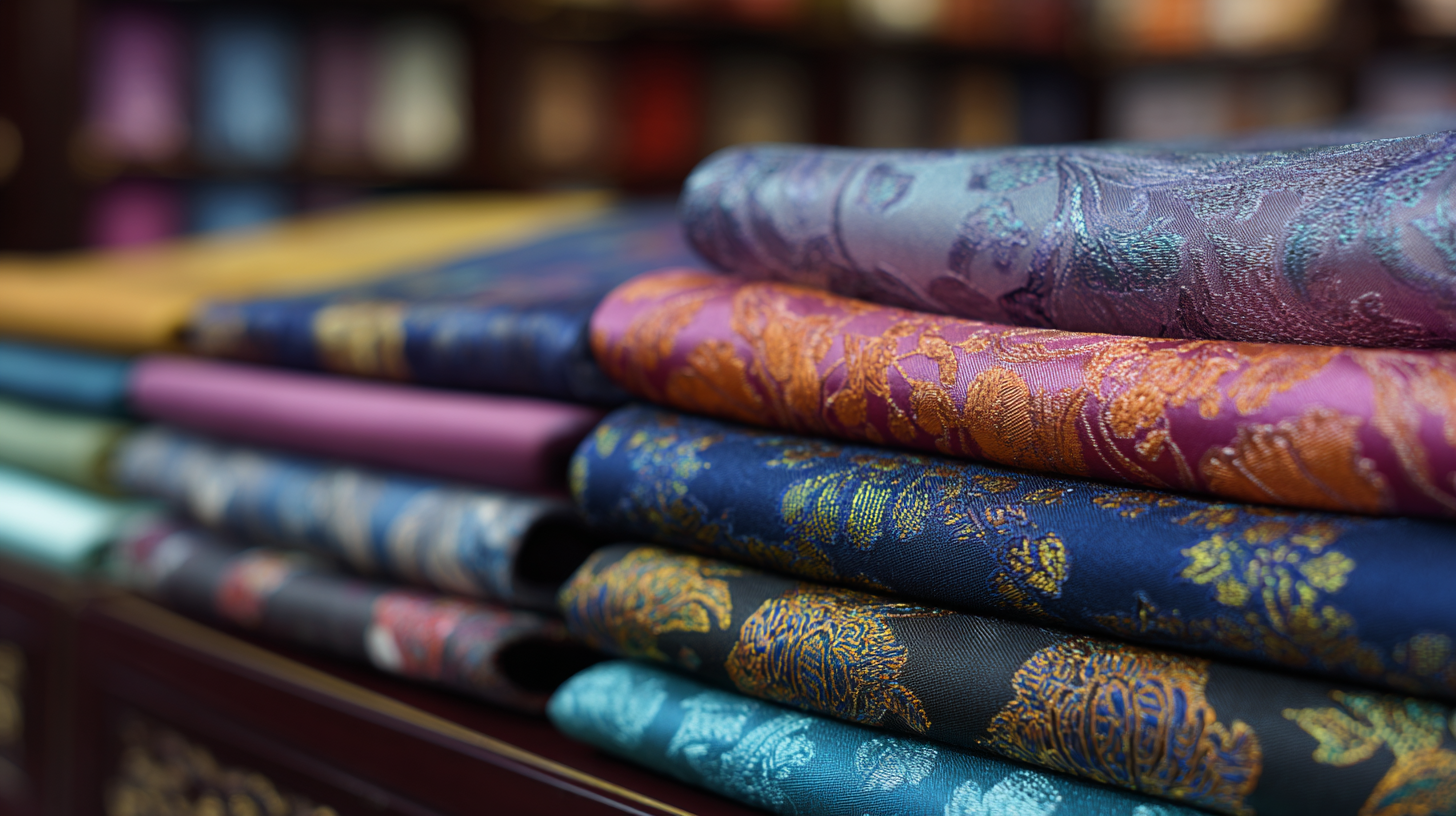- +86 13957580925
- 510515850@qq.com
- adela0928@163.com
In the ever-evolving textile industry, the selection of materials plays a crucial role in determining the performance and aesthetics of final products. Trilobal Polyester, known for its unique trilobal cross-section, offers distinct advantages over traditional polyester fibers, including enhanced luster, improved yarn strength, and superior moisture management properties. According to a report by Grand View Research, the global polyester market is expected to reach $106.79 billion by 2025, with a significant portion attributed to innovations in fiber technology, such as Trilobal Polyester. This high-performance fiber is increasingly favored in applications ranging from fashion apparel to technical textiles, as manufacturers seek to elevate product quality while meeting consumer demands for sustainability and functionality. Therefore, understanding how to effectively choose the right Trilobal Polyester for various textile projects is essential for industry professionals aiming to harness its full potential.

Trilobal polyester has emerged as a popular choice in the textile industry due to its unique structure and advantageous properties. This type of fiber features a distinctive trilobal cross-section, which enhances its light reflection capabilities, giving fabrics a lustrous appearance. According to a report by the Textile Development and Marketing Association (TDMA), trilobal polyester offers superior dye uptake and retention, resulting in vibrant colors that last longer compared to traditional polymers. This quality makes it an excellent choice for fashion applications where aesthetic appeal is crucial.
In addition to its visual benefits, trilobal polyester is highly valued for its functional attributes. The fiber provides excellent moisture management and quick-drying capabilities, which are essential for activewear and outdoor textiles. A study published in the Journal of Textile Science indicates that trilobal polyester boasts a moisture-wicking efficiency that surpasses standard polyester by up to 30%, improving overall wearer comfort during physical activities. Furthermore, its durability and resistance to wrinkles and shrinking make it a practical option for everyday garments, thus meeting the growing demands of both manufacturers and consumers in the competitive textile landscape.
When selecting the right trilobal polyester for your textile projects, understanding your specific project needs is crucial. Factors such as durability, dyeability, and texture play a vital role in determining the ideal material. Industry studies report that trilobal polyester exhibits greater dye affinity and color brightness due to its unique cross-sectional structure, making it a preferred choice for applications requiring vibrant colors. Depending on the final use—be it apparel, upholstery, or technical textiles—assessing these characteristics can significantly impact the performance and aesthetic of your product.
**Tips:** Consider conducting a tensile strength test, as trilobal polyester is known for its exceptional strength-to-weight ratio. For applications exposed to moisture or harsh environments, look into moisture-wicking properties and UV resistance ratings as highlighted in the American Society for Testing and Materials (ASTM) reports. Additionally, evaluate the fabric's feel and drape by obtaining swatches, as these tactile elements will influence customer satisfaction and the overall success of your project.

When choosing the right trilobal polyester for your textile projects, it's crucial to evaluate the specific variants available and their applications. Trilobal polyester is known for its unique structure, allowing for enhanced light reflection, thereby providing a lustrous appearance. When considering your project, take into account characteristics such as fiber denier, crimp, and the finish of the polyester. For instance, a higher denier can contribute to increased durability, making it ideal for outdoor fabric applications, while lower denier options offer a softer hand feel, suitable for garments.
Additionally, different trilobal polyester variants come with various properties that cater to specific needs within the textile industry. For example, if you require moisture-wicking capabilities for athletic wear, seek out trilobal polyesters treated with hydrophilic finishes. Alternatively, for applications requiring high color fastness or resistance to environmental factors, select variants that have undergone specialized dyeing processes. By understanding the distinct properties of each trilobal polyester, you can make informed decisions that enhance the functionality and aesthetic appeal of your textile projects.
| Trilobal Polyester Variant | Key Characteristics | Best Uses | Denier Range | Moisture Management |
|---|---|---|---|---|
| Standard Trilobal | Excellent luster and stiffness | Sporting apparel, fashion textiles | 50-150 Denier | Moderate |
| Micro Trilobal | Soft feel and lightweight | Lining, activewear, underwear | 20-100 Denier | High |
| Textured Trilobal | Enhanced dimensional stability | Home textiles, upholstery | 100-200 Denier | Low |
| High Tenacity Trilobal | High strength and durability | Industrial applications, heavy-duty textiles | 300-600 Denier | Moderate |
When sourcing quality trilobal polyester for your textile projects, it's essential to understand where to buy and what specific attributes to look for. Trilobal polyester is renowned for its unique cross-section, offering enhanced luster and superior dye uptake, making it a popular choice in both fashion and industrial applications. According to a report by Textile World, the global demand for polyester fibers is projected to increase by 4.5% annually, highlighting the material's growing significance in the textile industry.
When selecting a supplier, consider those who provide comprehensive specifications on their trilobal polyester, including denier, elasticity, and dyeability. Sourcing from reputable manufacturers or distributors is crucial; companies that adhere to international quality standards, such as Oeko-Tex certification, ensure that their products are free from harmful substances. As highlighted in a market analysis by Smithers Pira, the trend towards sustainable sourcing is also influencing consumer preferences, pushing manufacturers to offer recycled polyester options without compromising performance. This shift not only aligns with increasing environmental concerns but also meets the demand for innovative textile solutions.
When selecting trilobal polyester for textile projects, thorough testing and sampling are crucial to ensure optimal performance. The unique structure of trilobal polyester—with its tri-lobed cross-section—offers superior light reflection and enhanced fabric durability. To maximize these benefits, it is important to conduct a series of tests that analyze key performance indicators such as strength, dye uptake, and abrasion resistance. Engaging in systematic sampling allows designers and manufacturers to evaluate how different blends of trilobal polyester behave in various applications.

During the sampling phase, it is essential to consider factors such as texture, colorfastness, and breathability. By comparing samples under similar conditions, stakeholders can determine the most suitable polyester variant for their specific textile needs. Furthermore, engaging in wash and wear tests will provide insights into how the fabric holds up over time, which is particularly important for end-use products like clothing and upholstery. By placing emphasis on testing and sampling, textile professionals can ensure that the trilobal polyester they choose not only meets aesthetic standards but also performs effectively in real-world scenarios.






